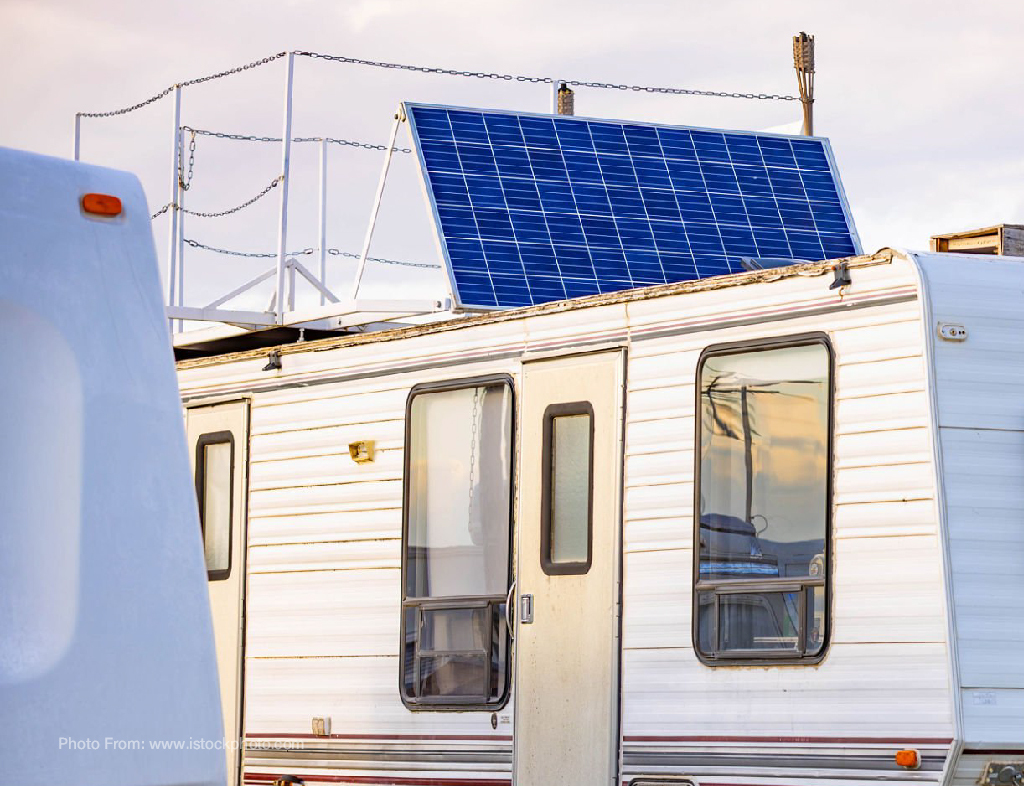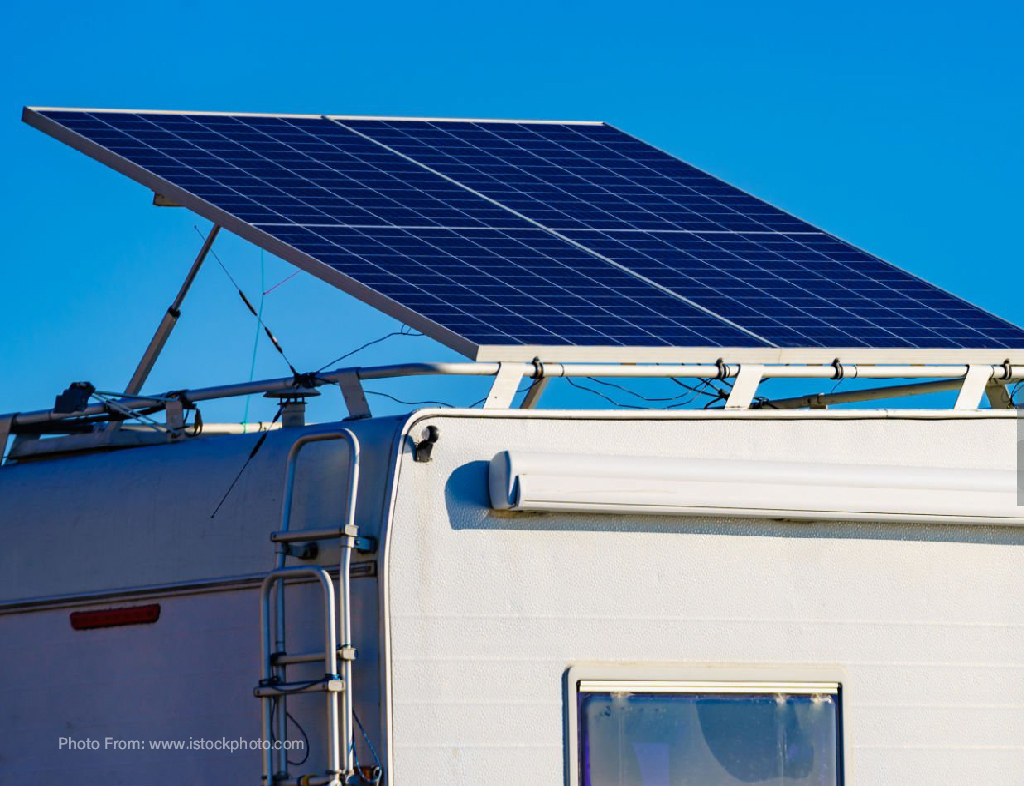DESIGNING OFF-GRID SOLAR SYSTEMS FOR MOBILE TINY HOMES AND VAN
1st Oct 2025
Living the off-grid lifestyle in a tiny home or van brings a thrilling sense of freedom, but melding independence with mobility means confronting some unique technical puzzles. Chief among them is limited rooftop real estate: with curved surfaces, vents, or skylights consuming precious inches, every solar panel must earn its keep. That’s where creative strategies shine—flexible or portable panels can be the secret to gaining power without sacrificing the aerodynamics or aesthetics of your mobile abode.

Instead of rigid panels glued to every available surface, you can sling rollable panels down when camped, or deploy small, detachable units that fold or roll up, stowing compactly when on the move. This enhances versatility—panels can be oriented to catch the sun even if the vehicle isn’t ideally positioned, and it sidesteps heat-trapping on the roof, which can reduce energy yield in hot climates.
Powering a mobile lifestyle isn’t just about generating juice; it’s about conserving it. Choosing appliances built to draw minimal energy keeps demands manageable, but pairing them with DC-native devices takes efficiency a step further. A 12-volt DC refrigerator or LED fixtures wired directly to the battery system eliminate inverter losses, meaning more of your harvested energy ends up doing real work. That said, some gadgets—like laptops or specialized equipment—still run on AC, so keeping a small inverter for essentials, or battering through with DC-only systems wherever possible, helps maintain a lean energy budget.
Then there’s the heart of the system: battery storage. It’s tempting to maximize capacity, but in mobile setups every pound and inch counts. Balancing energy autonomy with weight means sizing the battery bank for, say, a day without sun, rather than a week. Using high-density chemistry can dramatically reduce bulk and improve depth of discharge, though cost and charging specifics become more critical. In tight spaces you might design modular battery units—stackable, secure, and adaptable—so you can scale as needs evolve, while making sure they’re well-ventilated and protected against movement during travel.
Coupling compact storage with smart energy management—like low-power tracking systems or timed loads—further stretches your resources. For instance, running a water pump or charging devices during peak solar hours reduces reliance on stored energy, while night-time use of thoughtfully selected DC lighting preserves precious battery reserve. All the while, monitoring voltage and current helps you pinpoint energy hogs before they bog down your freedom.

In essence, crafting an off-grid solar system for a tiny mobile dwelling requires a dance between space, efficiency, and storage. Flexible or deployable panels rescue surface-area constraints; DC appliances and mindful load use trim consumption; and well-chosen, compact battery architecture ensures uptime without overloading your rig. When these pieces align, you unlock a balanced, nimble solar setup that powers adventure—without pinning you down.
